EXPLORING AND ENJOYING AREAS WHERE BEARS LIVE
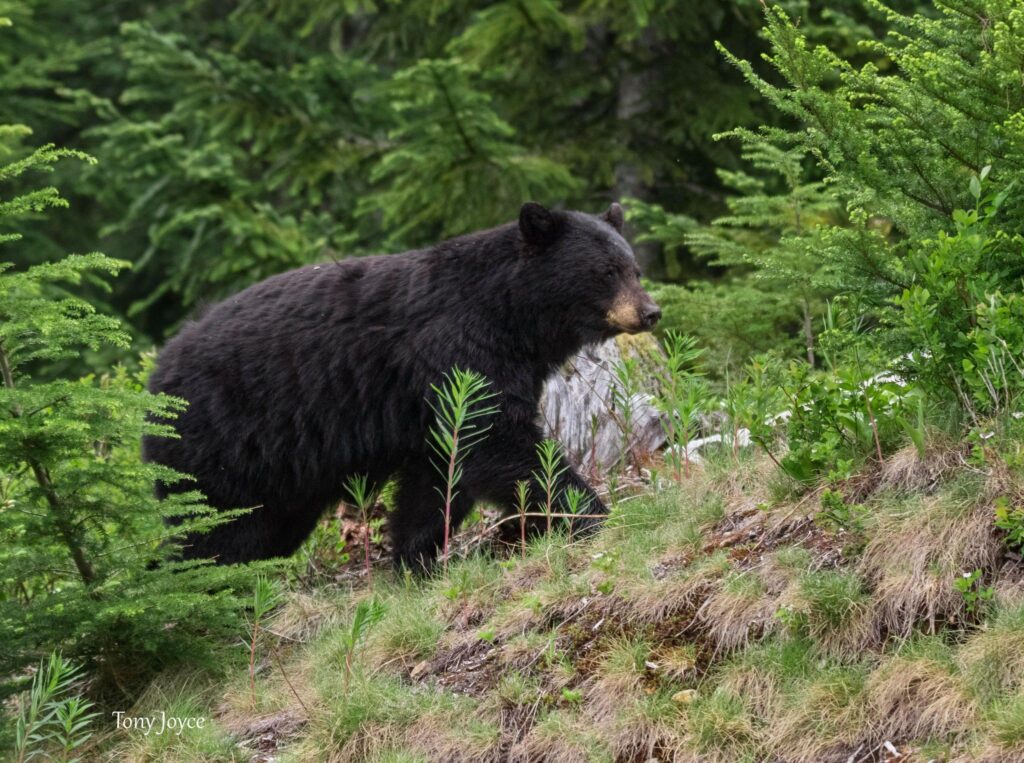
With more people venturing out to enjoy the North Shore mountains and trails, it is important to remember that we share the landscape with bears. Taking steps to reduce attracting bears to picnic tables and campsites and to reduce our impact when exploring in their home is vital if we want to responsibly coexist. Be sure to familiarize yourself with the best practices for exploring in bear habitat and how to respond if you meet a bear.
Black bears live, rest, and raise cubs in the forest – it is their home. Black bears are not nocturnal and daytime activity is normal. Bears are most active from March to late December, but you could see one over the late winter. Increased human and dog activity allows little time for bears to forage and rest without interruption. As intelligent animals, they are adapting. Bears aim to avoid close encounters with people, but do not expect them to run away; they are not fearful.
BEST PRACTICES FOR MOVING THROUGH AREAS WHERE BEARS LIVE
- Take the time to research the area you are visiting, read trail notices and tell someone your trip plan.
- Respect all warnings, including bear-in-area notices and trail closures.
- Always make noise with your voice. Be louder and slower on narrow, low visibility trails and when travelling by rivers and creeks. Bear bells are quiet and do not identify you as human.
- Be present, alert and aware of your surroundings in all directions.
- Avoid wearing headphones.
- If you see a bear ahead in the distance and it does not notice you, calmly and quietly back away and take a different route. Tell others you pass and advise them to do the same.
- Travel in pairs or groups and avoid exploring alone.
- Learn to recognize bear sign and avoid areas with an abundance of natural food or signs bears are using the area.
- Keep pets on a close leash. Off-leash dogs can pressure bears to feel defensive and are involved with many negative encounters between people and wildlife.
- Avoid exploring between dusk and dawn when wildlife is generally more active.
- Never litter the trails with garbage or food scraps, this encourages bears to spend more time in areas closer to people.
- Never feed bears. As well as being illegal, bears that find food from humans are almost always killed.
- Never feed any wildlife. The whiskey jacks on Cypress Mountain and chipmunks at Lynn Peak should not be eating unnatural foods. Feeding small critters can attract bigger animals into the area.
- Always keep food and packs within reach.
- Never leave food unattended, not even for a moment. Bears rarely approach people for food but they will take opportunities if we are careless.
BEAR SIGN
From marked trees to shredded logs, piles of scat and muddy tracks, clues that bears are using the area can be found all around us if we take the time to look. We encourage you to be present and aware of your surroundings when moving through areas where bears live. If you notice an abundance of fresh bear sign, avoid or leave the area.
























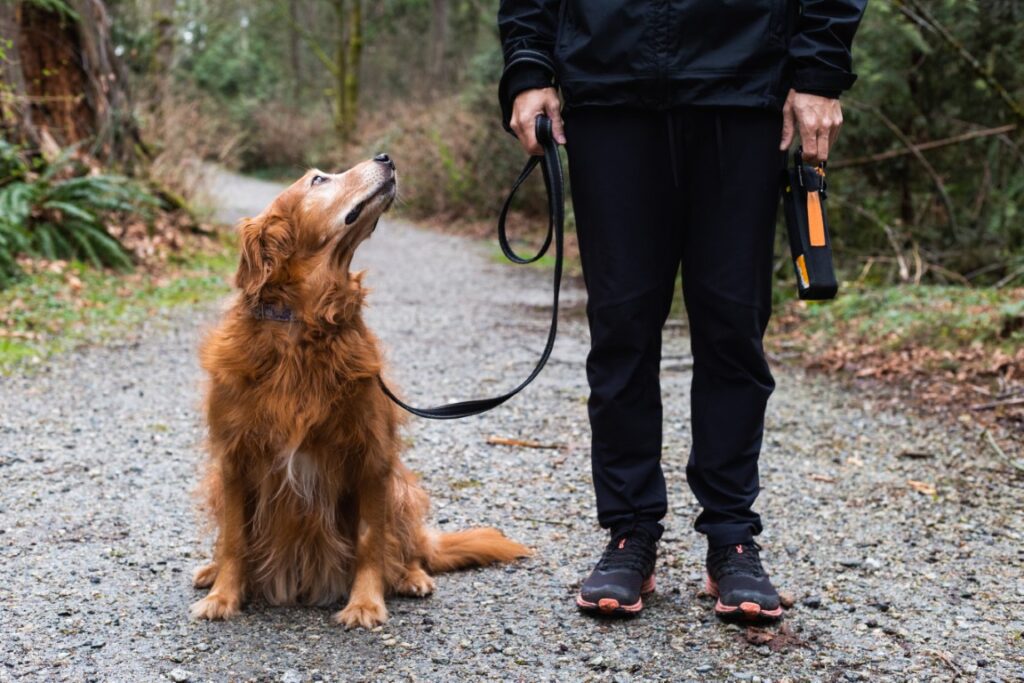
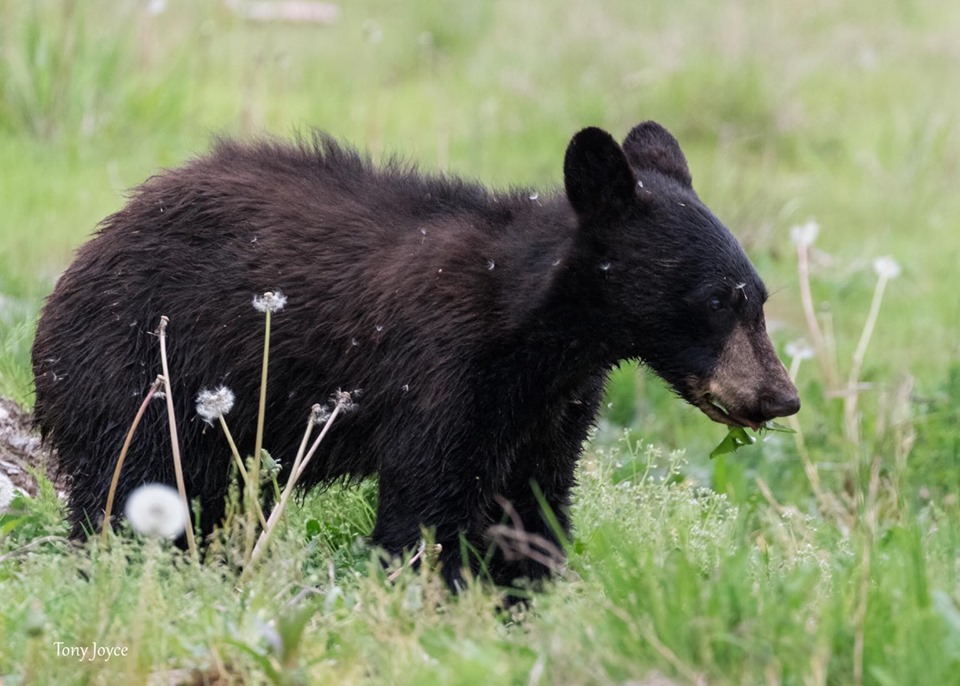
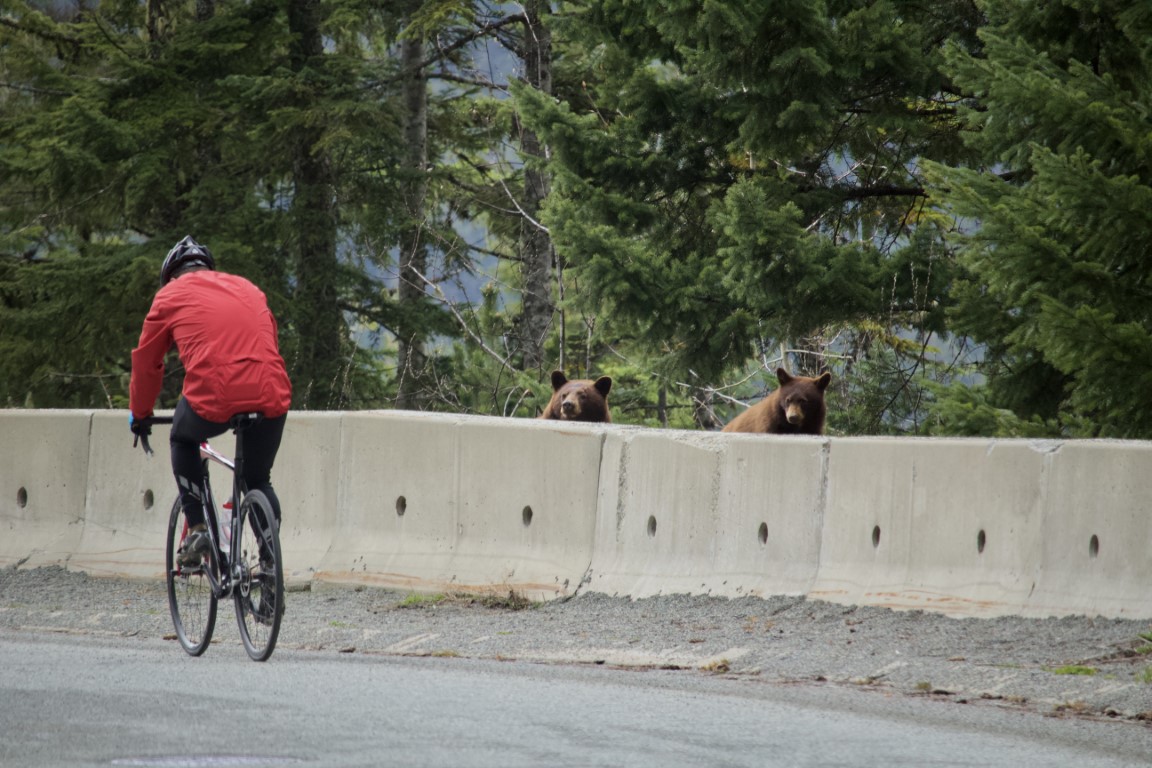
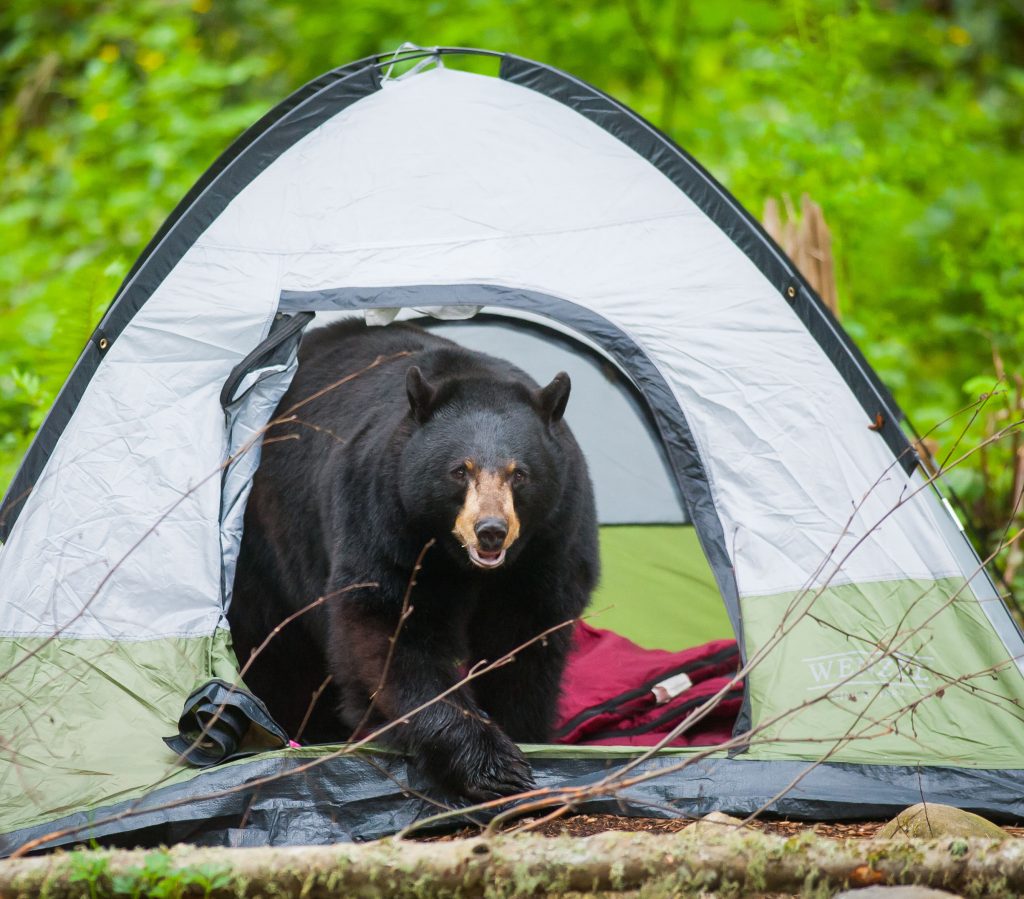 Camping in bear country comes with a unique set of responsibilities to keep people and bears safe. Bears have an unparalleled sense of smell. Keeping your tent and campsite odours to a minimum goes a long way to reducing the risk of attracting a bear to your campsite. A stick of gum or a forgotten strawberry lip balm left in your tent could bring a curious bear and a rude awakening. Careless camping in bear country contributes to black bears being killed across BC, and on very rare occasions, has resulted in human injury or death.
Camping in bear country comes with a unique set of responsibilities to keep people and bears safe. Bears have an unparalleled sense of smell. Keeping your tent and campsite odours to a minimum goes a long way to reducing the risk of attracting a bear to your campsite. A stick of gum or a forgotten strawberry lip balm left in your tent could bring a curious bear and a rude awakening. Careless camping in bear country contributes to black bears being killed across BC, and on very rare occasions, has resulted in human injury or death.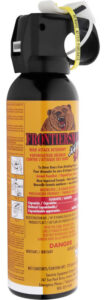 If you are exploring bear country, you should always carry bear spray and know when and how to use it. When we spend time in bear habitat, we have a responsibility to reduce our impact on bears by practicing avoidance strategies, such as: using our voice to alert wildlife to human presence, slowing down on narrow, low visibility trails and keeping our dogs on-leash. Whilst we can do all of these practices to reduce the risk of a surprise encounter, occasionally, they will happen.
If you are exploring bear country, you should always carry bear spray and know when and how to use it. When we spend time in bear habitat, we have a responsibility to reduce our impact on bears by practicing avoidance strategies, such as: using our voice to alert wildlife to human presence, slowing down on narrow, low visibility trails and keeping our dogs on-leash. Whilst we can do all of these practices to reduce the risk of a surprise encounter, occasionally, they will happen.